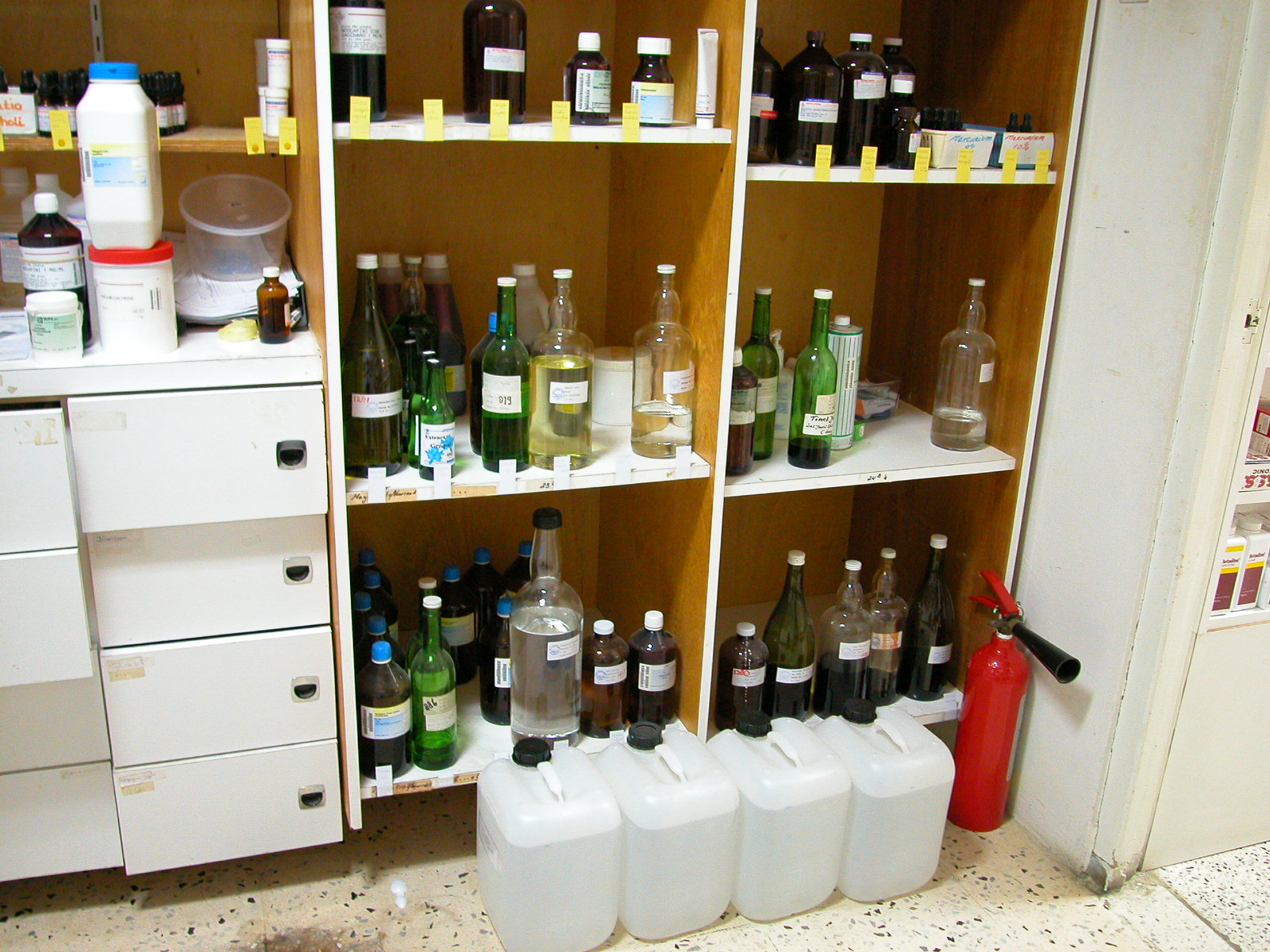Introduction:
Methamphetamine (meth) addiction is actually a significant general public health issue around the globe. This effective stimulant medication impacts the nervous system and it is very addictive. Meth addiction has actually damaging consequences for folks, families, and communities. This report aims to provide a brief history associated with crucial components of meth addiction, including its prevalence, causes, impacts, and offered treatment plans.
Prevalence of Meth Addiction:
Meth addiction is an increasing issue that affects people of all many years and experiences. According to the 2019 National study on Drug Use and wellness (NSDUH), around 1.6 million people in the United States reported making use of methamphetamine in the past 12 months, suggesting the extensive nature of this problem. In addition, the un workplace on Drugs and Crime estimates that around 26 million men and women globally purchased methamphetamines one or more times within their lifetime.
Causes and Risk Elements:
A few factors contribute to the introduction of meth addiction. Included in these are hereditary predisposition, environmental elements, and private conditions. Research implies that individuals with a household reputation for addiction could be even more at risk of developing a methamphetamine dependency. Furthermore, upheaval, abuse, neglect, and an unstable home environment can increase the possibility of addiction. Additionally, using meth in personal sectors or as a method to handle anxiety or Rehab site mental pain may more subscribe to the development of addiction.
Outcomes of Meth Addiction:
Meth addiction may have serious physical, psychological, and personal consequences. The drug promotes the release of dopamine, a neurotransmitter associated with satisfaction and incentive, leading to intense thoughts of euphoria. However, prolonged use rewires the brain, ultimately causing a heightened tolerance and consequently larger amounts to attain the desired impact. This cycle of escalating usage can very quickly result in addiction.
Physical consequences of meth addiction consist of severe weight-loss, dental problems (often called “meth mouth”), epidermis lesions, and cardio issues. Mentally, meth addiction can induce paranoia, hallucinations, anxiety, aggression, and psychosis. More over, long-lasting use can lead to intellectual impairments, loss of memory, and changes in engine functions.
The social effect of meth addiction is serious, affecting households, communities, and culture at-large. Dilemmas such strained interactions, unemployment, monetary struggles, unlawful behavior, in addition to scatter of infectious conditions (age.g., HIV/AIDS) tend to be of meth addiction. Furthermore, manufacturing and circulation of methamphetamine contribute to the boost in organized criminal activity and present a threat to general public protection.
Treatment Options:
Treating meth addiction calls for a comprehensive method that encompasses both physical and mental aspects. Efficient treatment can include a mix of behavioral therapies, counseling, organizations, and medication-assisted therapy. Cognitive-behavioral treatment (CBT) is often used to assist people recognize and alter their harmful thoughts and behaviors about drug usage. Also, medicines such as for example bupropion and naltrexone may help with lowering cravings and handling detachment signs.
Conclusion:
Meth addiction is a widespread issue that impacts individuals and communities around the world. The damaging real, mental, and social consequences associated with methamphetamine usage underline the urgency to deal with this issue. By knowing the factors, results, and offered treatment options, we could work at avoidance, early input, and effective assistance systems. It is vital to boost awareness, supply training, and promote usage of treatment to mitigate the damaging outcomes of meth addiction and help people within their journey towards recovery.
